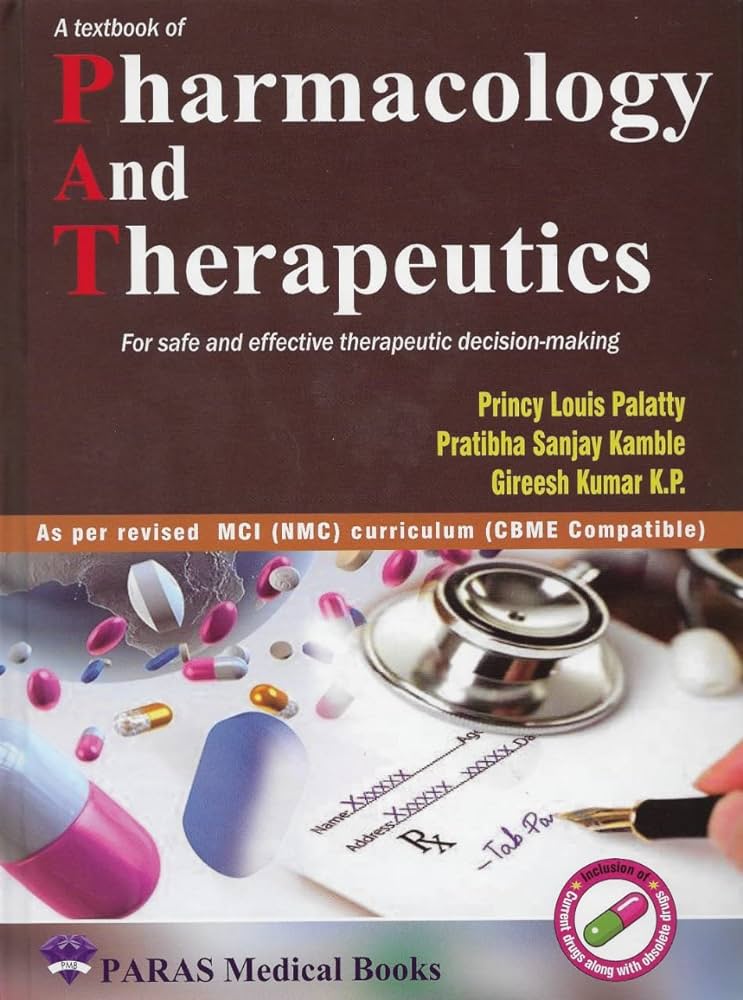From physiology to pathology: Emerging roles of GPER in cardiovascular disease
IF 12.5
1区 医学
Q1 PHARMACOLOGY & PHARMACY
引用次数: 0
Abstract
Cardiovascular diseases (CVDs) are among the leading causes of death globally and pose a significant threat to public health. Factors such as prolonged high cholesterol levels, diabetes, smoking, unhealthy diet, and genetic predisposition could contribute to the occurrence and development of CVDs. Common CVDs include hypertension (HTN), atherosclerosis (AS), myocardial infarction (MI), myocardial ischemia-reperfusion injury (MIRI), heart failure (HF) and arrhythmia. Estrogen is recognized for its cardiovascular protective effects, resulting in lower incidence and mortality rates of CVDs in premenopausal women compared to men. The G protein-coupled estrogen receptor (GPER), a G protein-coupled receptor with a seven-transmembrane structure, exhibits unique structural characteristics and widespread tissue distribution. GPER activates intracellular signaling pathways through its interaction with G proteins, mediating estrogen's biological effects and participating in the regulation of cardiovascular function, metabolic balance, and nervous system. Although recent research has highlighted the significant role of GPER in the cardiovascular system, its specific mechanisms remain unclear. Therefore, this review summarizes the latest research on GPER in CVDs, including its fundamental characteristics, physiological functions in the cardiovascular system, and its roles and potential therapeutic applications in common CVDs such as HTN, AS, MI, MIRI, HF and arrhythmia. Exploring GPER's positive effects on cardiovascular health will provide new strategies and research directions for the treatment of CVDs.
从生理学到病理学:GPER在心血管疾病中的新作用。
心血管疾病是全球主要死亡原因之一,对公共卫生构成重大威胁。长期高胆固醇水平、糖尿病、吸烟、不健康饮食和遗传易感性等因素都可能导致心血管疾病的发生和发展。常见的心血管疾病包括高血压(HTN)、动脉粥样硬化(AS)、心肌梗死(MI)、心肌缺血再灌注损伤(MIRI)、心力衰竭(HF)和心律失常。雌激素被认为具有心血管保护作用,与男性相比,绝经前女性心血管疾病的发病率和死亡率较低。G蛋白偶联雌激素受体(GPER)是一种具有七跨膜结构的G蛋白偶联受体,具有独特的结构特征和广泛的组织分布。GPER通过与G蛋白的相互作用激活细胞内信号通路,介导雌激素的生物学效应,参与心血管功能、代谢平衡和神经系统的调节。虽然最近的研究强调了GPER在心血管系统中的重要作用,但其具体机制尚不清楚。本文就GPER在心血管疾病中的研究进展进行综述,包括GPER的基本特征、在心血管系统中的生理功能,以及GPER在HTN、as、MI、MIRI、HF和心律失常等常见心血管疾病中的作用和潜在治疗应用。探索GPER对心血管健康的积极作用,将为心血管疾病的治疗提供新的策略和研究方向。
本文章由计算机程序翻译,如有差异,请以英文原文为准。
求助全文
约1分钟内获得全文
求助全文
来源期刊
CiteScore
23.00
自引率
0.70%
发文量
222
审稿时长
90 days
期刊介绍:
Pharmacology & Therapeutics, in its 20th year, delivers lucid, critical, and authoritative reviews on current pharmacological topics.Articles, commissioned by the editor, follow specific author instructions.This journal maintains its scientific excellence and ranks among the top 10 most cited journals in pharmacology.

 求助内容:
求助内容: 应助结果提醒方式:
应助结果提醒方式:


